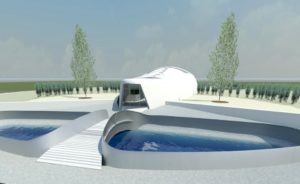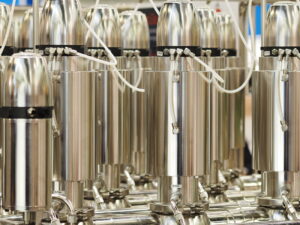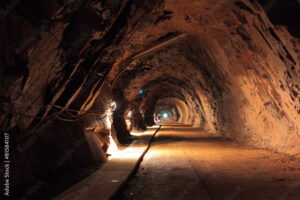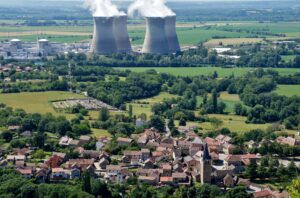The world is looking for cleaner, more reliable ways to power our lives, and one exciting technology is stepping into the spotlight: Small Modular Reactors. SMRs are a new generation of nuclear technology, designed to be smaller, more flexible, and quicker to build. They offer a promising path towards a sustainable energy future, providing stable power with a significantly smaller environmental footprint.
What exactly makes an SMR “small” and “modular”? Generally, they produce up to 300 (StarCore offering is much smaller than that even. We are looking at 20-100 MW)megawatts of electricity (MWe), which is about a third of the power generated by traditional large-scale reactors. At StarCore, we are working to develop SMRs at the lower end of this spectrum – between 20 and 100 MWe. This is just the right amount to power a small town, a remote mine site, or a large data center.
The “modular” aspect is key – major components of SMRs are manufactured in a factory setting, then transported to the site for assembly. This brings faster construction times and lower costs, compared to building reactors from scratch on site.
Why SMRs are Gaining Traction
SMRs bring a host of benefits to the table, making them an attractive option for both civilian and commercial energy needs. Economically, their smaller size means a lower upfront investment compared to massive nuclear projects, making them accessible to a wider range of portfolios and applications. Factory production of standardized modules can also lead to cost savings as more units are built, a concept known as “economies of series production”. This efficient construction process can also mean a quicker return on investment.
Environmentally, SMRs shine. Like all nuclear reactors, they produce virtually no greenhouse gas emissions during operation, playing a vital role in the fight against climate change. They typically require less land than traditional power plants and can be a great option for replacing fossil fuel plants, helping to retain skilled jobs while significantly cutting emissions. SMRs can also work hand-in-hand with renewable energy sources – providing stable, dispatchable power when the weather is not favorable for wind or solar – enhancing overall grid reliability.
Beyond electricity generation, SMRs offer operational flexibility. Their modular design means power capacity can be added incrementally as demand grows. Many SMR designs also aim for longer periods between refueling, increasing efficiency and reducing downtime. Furthermore, the heat they produce can be used for industrial processes, desalination to create fresh water, or district heating, making them highly versatile. For remote communities or industrial sites currently relying on diesel generators, SMRs offer a cleaner, more reliable, and potentially more affordable energy solution.
A Look at Different SMR Technologies
The world of SMRs is diverse, with designs utilizing a variety of coolants and operational principles. Light Water Reactors (LWRs) are one common type, using water to cool the reactor, similar to many existing large nuclear plants. The most prevalent version of LWR is the Pressurized Water Reactor (PWR). This design uses heat from the nuclear reaction to superheat regular water and generate steam, driving turbines to generate electricity.
Other types include Liquid Metal Cooled Reactors (LMCRs), which use liquid metals like sodium or lead, and Molten Salt Reactors (MSRs), where the fuel is dissolved in molten salt that also acts as the coolant.
Another promising category is High-Temperature Gas-Cooled Reactors (HTGRs). These reactors use gases like helium as a coolant, and graphite to moderate the nuclear reaction. A key advantage of HTGRs is their ability to operate at very high temperatures, which improves electricity production efficiency. This also enables them to provide high-temperature heat for industrial applications.
HGTRs are especially well suited to remote areas with limited water as they do not need this for cooling.In fact, they can use the heat from the reactor to create pure drinking water through desalination.
Powering Tomorrow
Small Modular Reactors offer a significant step forward in nuclear technology, providing a path to cleaner energy for a wide range of applications.
There are still some hurdles to clear before SMRs are widely implemented. The industry is hard at work on ensuring cost-competitiveness, clarifying regulatory pathways and improving waste management. In the meantime, SMRs are already proving both safe and dependable in the handful of locations where they are operational. Many more are slated to come online around the world by the end of this decade.
As the world continues to seek sustainable solutions to meet growing energy demands, SMRs are poised to be a vital component of our future energy mix.







